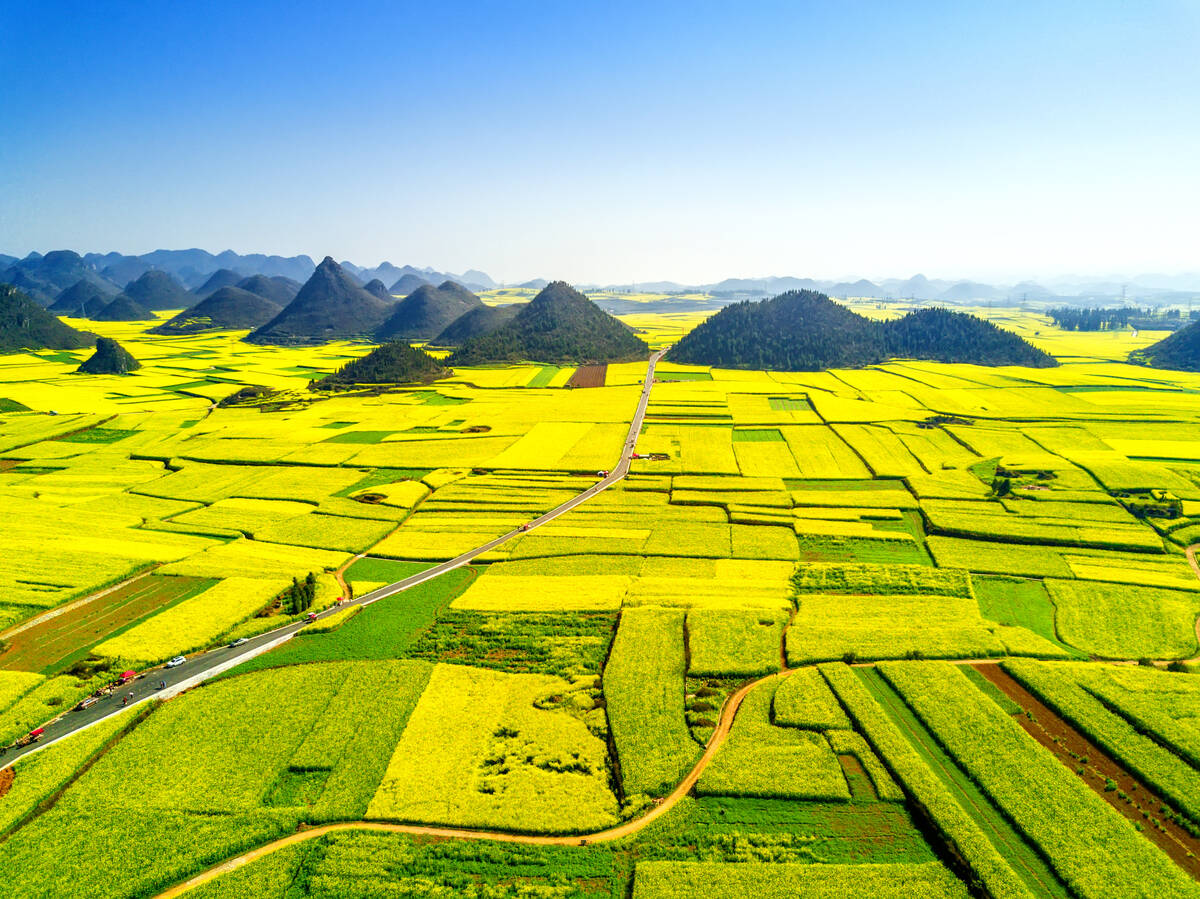Global warming one factor | Pests are moving away from the equator due to changing climate, deforestation, development
OSLO, Norway (Reuters) — Crop-damaging pests are moving toward the poles at a rate of more than 25 kilometres a decade, aided by global warming and human transport.
The development poses a potential threat to world food security, according to a new study.
The spread of beetles, moths, bacteria, worms and fungi in a warming world may be quicker than for many types of wild animals and plants, perhaps because people are accidentally moving them with harvests, it said.
Scientists based in Britain studied more than 600 types of pests around the world and found that their ranges have shifted toward the poles by an average of 26.6 km per decade since the 1960s, occupying vast new areas.
Read Also

Short rapeseed crop may put China in a bind
Industry thinks China’s rapeseed crop is way smaller than the official government estimate. The country’s canola imports will also be down, so there will be a lot of unmet demand.
“We believe the spread is driven to a large degree by global warming,” said lead author Daniel Bebber of Exeter University.
The study, which was published in the journal Nature Climate Change, is the first to estimate how pests are moving because of a changing climate.
The spread of pests is “a growing threat to global food security,” said the study, which found that 10 to 16 percent of crop production is lost to pests, with similar losses after harvest.
The rate of spread, away from the equator and toward the north and south poles, is slightly faster than 17.6 km found in a study in 2011 for wild animals and plants, which was in turn quicker than 6.1 km for wildlife estimated in a 2003 study.
However, the rate is virtually identical to a theoretical prediction in 2011 that rising temperatures would allow a poleward shift of wildlife of 27.3 km a decade, the researchers wrote. Many crops are growing nearer the poles because of warming.
Researchers say crop pests are moving into new areas at a quicker rate than their predators, meaning they can do more damage to crops.
Wild species may find it harder to move because their habitats are becoming fragmented due to deforestation, farms, roads or cities.
“Pest species are constantly being shifted around the world by trade,” Bebber said.
“We are giving them a helping hand.”
Gary Yohe, a professor at Wesleyan University who co-wrote the 2003 study, said he wasn’t surprised by the faster rate than for wild animals and plants.
A tiny pest is more likely than the average animal or plant to be carried inadvertently on a train, truck or airplane to a new area, he said. As well, the 2003 study was conservative, he added.
Another possibility is that the rate of movement by wildlife “has really speeded up” in recent decades, said Michael Singer, a professor who works at Plymouth University in England and the University of Texas.
As well, some insect pests may be getting more mobile because they are often forced to move by humans.
“They have to be mobile because humans are constantly plowing or otherwise modifying their habitats,” Singer said.
The most recent study said there were many problems in determining how far climate was driving the pests’ movements.
“New crop varieties and agricultural technologies have extended the agricultural margin northward in the United States, and deforestation has increased production in the tropics, thus providing new opportunities for pest invasions at high and low latitudes,” it said.
The scientists urged governments to think more about where to plant crops and monitor trade more closely to limit losses.














